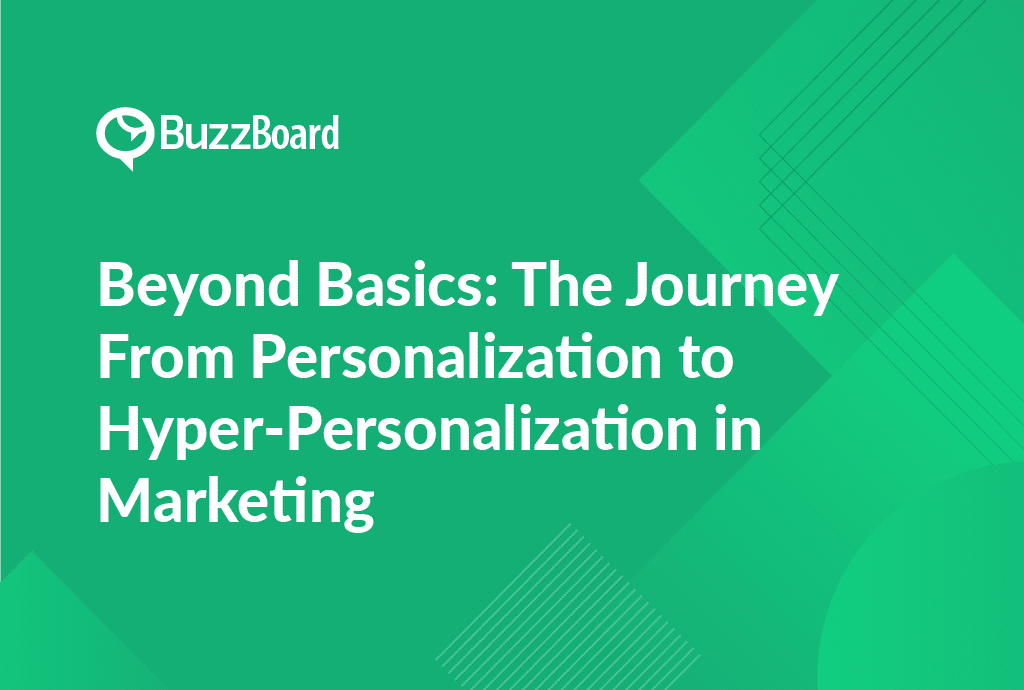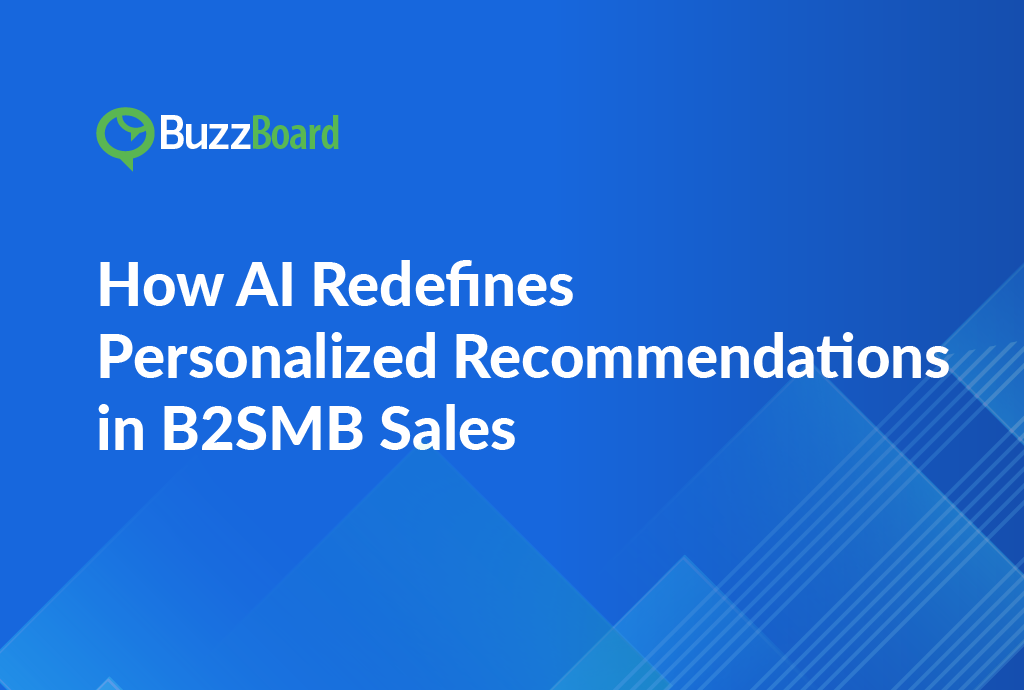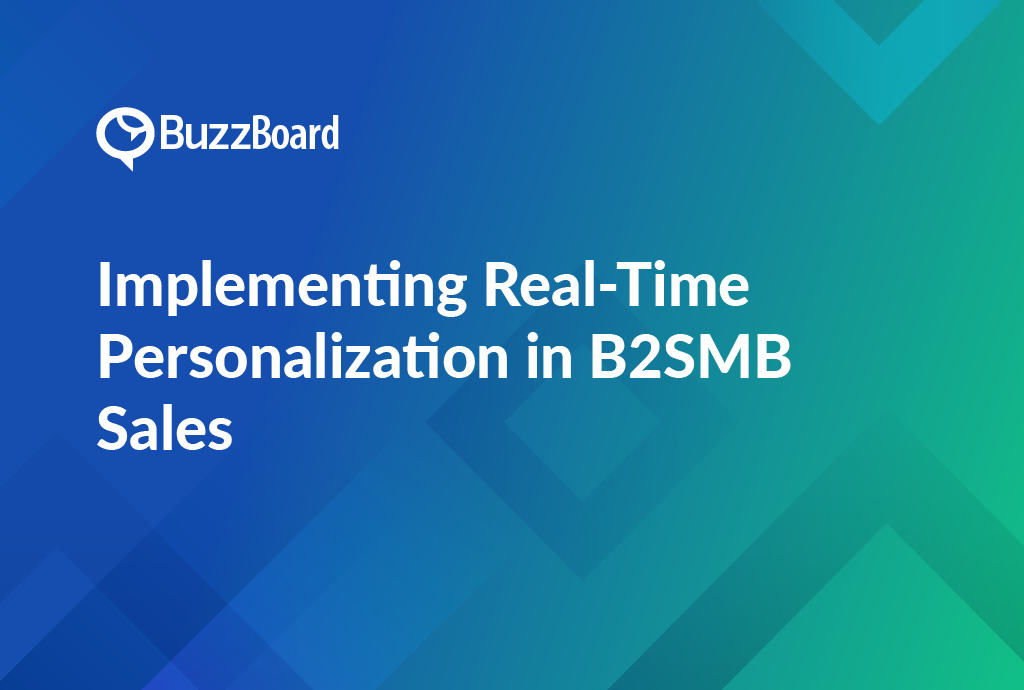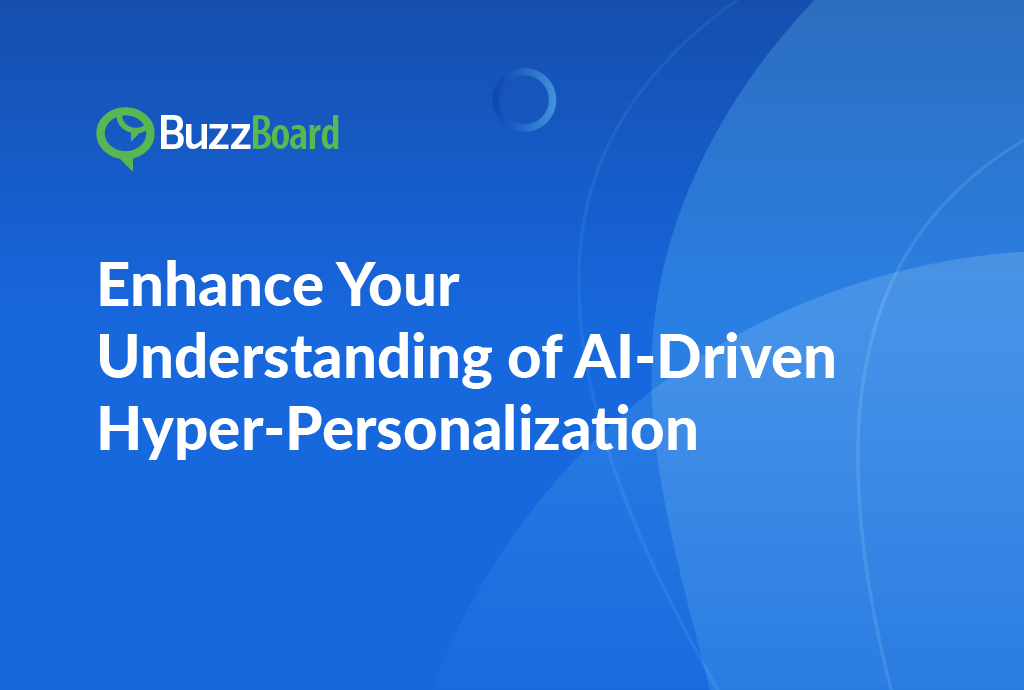Welcome to the evolution of marketing—where the journey from personalization to hyper-personalization reshapes the way businesses engage with their audience. In a landscape saturated with tailored messages, the shift from basic personalization to the advanced realms of hyper-personalization marks a pivotal transformation. But this journey isn’t just a shift in marketing tactics; it’s a paradigm shift. It’s about moving from addressing segments to speaking to individuals, transforming marketing from a loudspeaker broadcasting to a one-on-one conversation.
So, fasten your seatbelts to venture beyond the basics—a transformative journey from personalization to hyper-personalization, where every interaction becomes an opportunity to create deeply meaningful connections.
Understanding Personalization: The Foundation of Customized Experiences
Personalization has long been the cornerstone—a fundamental approach to tailoring experiences to suit a set of audience. To put it more clearly, in the grand tapestry of marketing strategies, personalization stands at a level where it addresses segments rather than individual entities. It revolves around addressing segments—groups of customers/prospects who share common characteristics or behaviors. It’s akin to creating tailored experiences for clusters rather than individuals, utilizing data to cater to these larger demographics.
While personalization undoubtedly enhances customer experiences by offering relevant content and suggestions, it still operates within the boundaries of groups or segments. It may address the needs of a particular demographic but lacks the depth to speak directly to an individual business’s specific needs or nuances.
Please note that the evolution from personalization to hyper-personalization marks a significant leap. Hyper-personalization transcends these segments, delving into the intricacies of individual preferences, behaviors, and even context to craft truly bespoke experiences.
The Rise of Hyper-Personalization: Elevating Customization to New Heights
While personalization lays the foundation for tailored experiences, hyper-personalization takes this concept to a whole new level. Hyper-personalization involves leveraging advanced technologies, often powered by generative AI, to create highly individualized and contextually relevant experiences in real-time.
Generative AI, of course, plays a pivotal role in hyper-personalization by enabling machines to understand and respond to complex patterns in data. This technology goes beyond predefined rules, learning from user interactions and adapting its responses accordingly.
In modern day marketing and sales, hyper-personalization can be witnessed in dynamic content that changes in real-time based on user behavior. Imagine a website homepage that rearranges its content and offerings dynamically as a user navigates through the site, providing a uniquely tailored experience for each individual.
Differentiating Between Personalization and Hyper-Personalization
Scope of Customization:
- Personalization: Focuses on adapting content or recommendations based on broad user segments or categories.
- Hyper-Personalization: Tailors content at an individual level, offering a unique experience for each user.
Data Utilization:
- Personalization: Relies on historical data and user segments to make predictions about user preferences.
- Hyper-Personalization: Utilizes real-time data and advanced AI algorithms to adapt content instantaneously based on current user behavior.
Interaction Dynamics:
- Personalization: Involves static adaptations that might change periodically based on predetermined criteria.
- Hyper-personalization: Enables dynamic, real-time adjustments to content, responding instantly to user interactions.
Example Scenario:
- Personalization: An online bookstore sending recommendations based on a user’s past purchases or browsing history.
- Hyper-personalization: An e-commerce platform adjusting its homepage layout and product recommendations as the user scrolls, ensuring a personalized experience with every click.
The Role of Generative AI in Hyper-Personalization
Generative AI plays a pivotal role in transforming personalization into hyper-personalization. Traditional personalization relies on rule-based systems that have predefined conditions for user segmentation. In contrast, generative AI employs machine learning to understand and adapt to user behavior in a more nuanced way.
This technology excels at processing vast amounts of data in real-time, allowing businesses to respond to user interactions dynamically. For example, in an e-commerce setting, generative AI can analyze a user’s browsing patterns, purchase history, and even real-time mouse movements to predict and present products that align with their immediate interests.
Hyper-Personalization for Sales: Elevating Customer Engagement and Conversions
One of the most impactful applications of hyper-personalization is in the realm of sales. By tailoring the sales journey to the individual needs and preferences of each prospect, businesses can significantly enhance customer engagement and increase conversion rates.
In a hyper-personalized sales approach, every touchpoint with the customer is meticulously crafted based on their unique profile and behavior. This could involve personalized email campaigns that go beyond addressing the recipient by name, diving into specific product recommendations, exclusive offers, and content that aligns with the prospect’s interests.
Moreover, generative AI empowers sales teams with predictive analytics, helping them anticipate customer needs and behaviors. By understanding the likelihood of a prospect making a purchase or responding positively to a specific offer, sales teams can tailor their approach for maximum impact.
Balancing Hyper-Personalization with Privacy and Ethics
While the potential benefits of hyper-personalization are immense, it’s crucial to navigate this terrain with a keen awareness of privacy and ethical considerations. Because hyper-personalization relies heavily on real-time data, businesses must prioritize transparent communication with users about data usage and ensure compliance with privacy regulations.
Striking the right balance between customization and user privacy is essential for building trust. Businesses should implement robust security measures, obtain user consent for data usage, and provide options for users to control the extent of personalization they receive.
Conclusion: The Bridge from Segments to Individual Entities
In conclusion, both personalization and hyper-personalization represent powerful strategies for businesses looking to elevate their digital marketing efforts. While personalization sets the stage with segmented tailoring, hyper-personalization, fueled by generative AI, takes customization to newer heights with real-time, individualized interactions.
Understanding the distinctions between these approaches is pivotal for businesses aiming to stay ahead in the competitive landscape. As technology continues to evolve, embracing the potential of hyper-personalization while upholding ethical standards will be the key to forging meaningful connections with a diverse and discerning audience.








